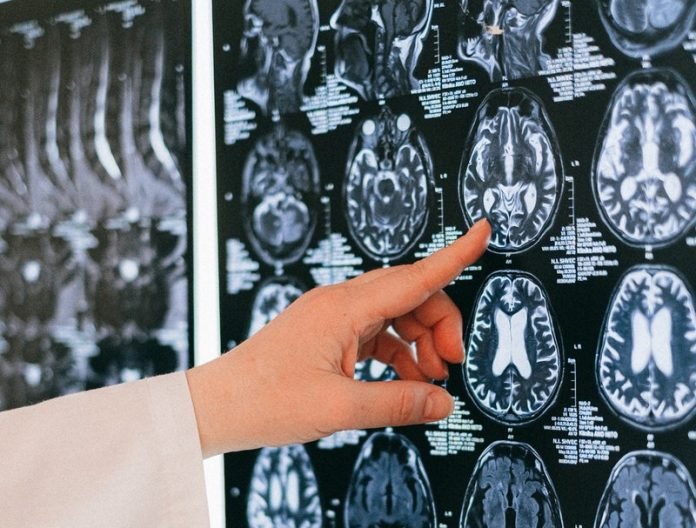
New biomarkers for Alzheimer’s disease are a priority area for researchers seeking to learn more about the disease and find possible methods of early diagnosis.
In a new study from Karolinska Institutet in Sweden, researchers found a new PET tracer that is an important diagnostic tool for the disease.
The study on the tracer substance BU99008 can play a key part in the early identification of signs of Alzheimer’s disease.
Alzheimer’s is an insidious disease, with the changes in brain function onsetting 10 to 20 years before the clinically cognitive decline. It is therefore important to identify early disease markers.
One such marker is reactive astrogliosis, which provides an early and rapid response to the progression of the disease.
Astrocytes are the most important homeostatic cells in the central nervous system (CNS), with a broad spectrum of functions for optimal cerebral function and cellular energy supply, homeostasis.
They are also involved in disease and CNS damage through the defensive process called reactive astrogliosis.
The pathological role played by astrocytes in Alzheimer’s disease is not fully understood, but several studies suggest that reactive astrogliosis may precede known early pathological signs of Alzheimer’s disease, including amyloid plaque and tau tangles.
Researchers therefore need to develop tracers for astrocyte response for use in PET scans.
PET imaging diagnostic technique is using selective and specific tracers—radioactive chemical molecules—for the early detection of pathological conditions and is already in routine in the detection of abnormal neuronal function and amyloid load in the brain, such as that caused by Alzheimer’s disease.
In the study, the team focused on a new astrocytic PET tracer, BU99008, which seems to be promising for Alzheimer’s disease.
The researchers used brain tissue from six individuals who had died with Alzheimer’s disease and seven healthy controls, who had died of other causes.
The results provide a better understanding of BU99008-binding properties compared with other existing astrocytic Alzheimer’s disease biomarkers in the brain.
The study shows that BU99008 can detect important reactive astrocytes with good selectivity and specificity, making it a potentially important clinical astrocytic PET tracer.
The results can improve our knowledge of the role played by reactive astrogliosis in Alzheimer’s disease.
If you care about Alzheimer’s disease, please read studies about new breakthrough in Alzheimer’s disease diagnosis and treatment and findings of these widely used drugs linked to memory loss, cognitive decline.
For more information about Alzheimer’s disease prevention and treatment, please see recent studies about common diabetes drug may slow down cognitive decline and results showing that this common health problem linked to higher risk of dementia.
The study is published in Molecular Psychiatry. One author of the study is Amit Kumar.
Copyright © 2021 Knowridge Science Report. All rights reserved.



